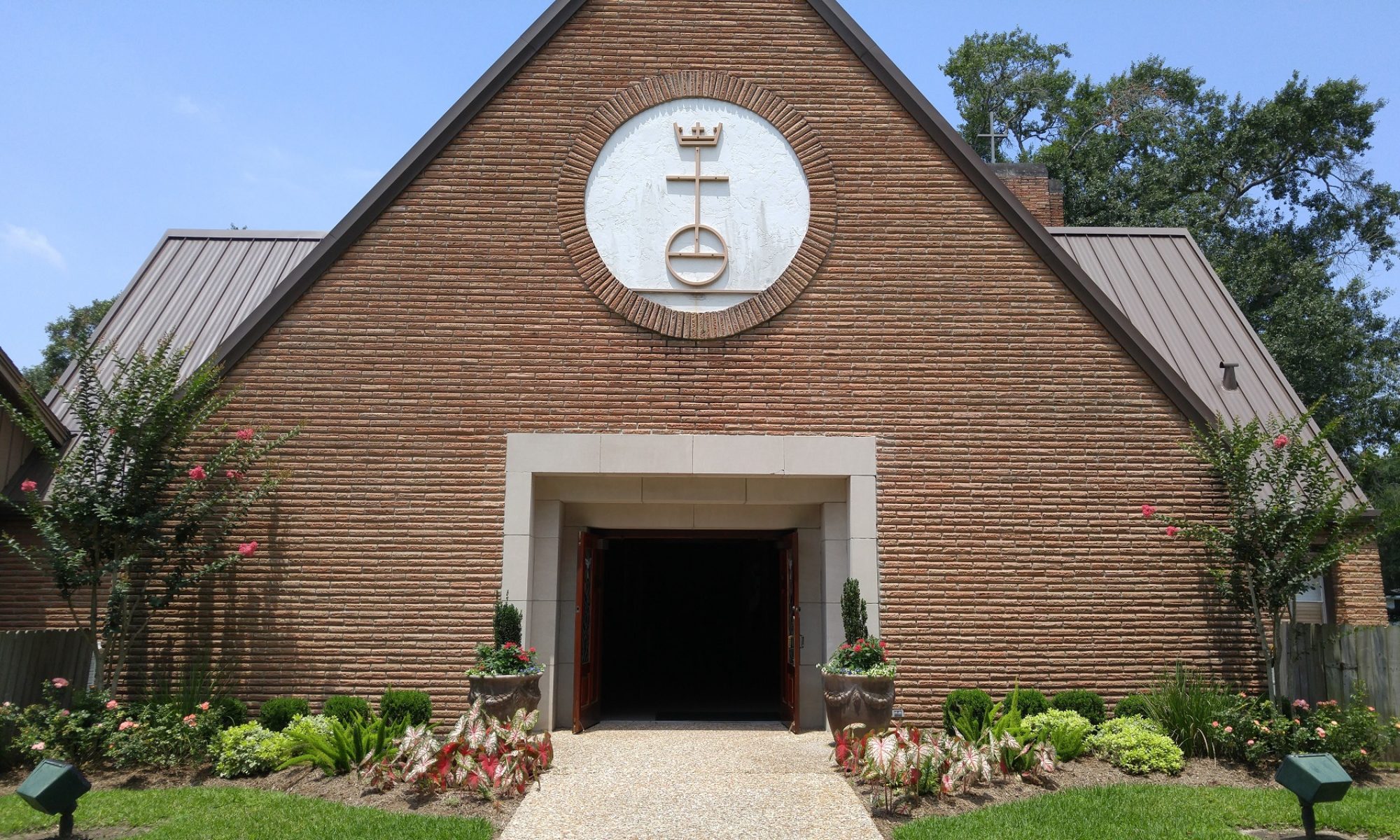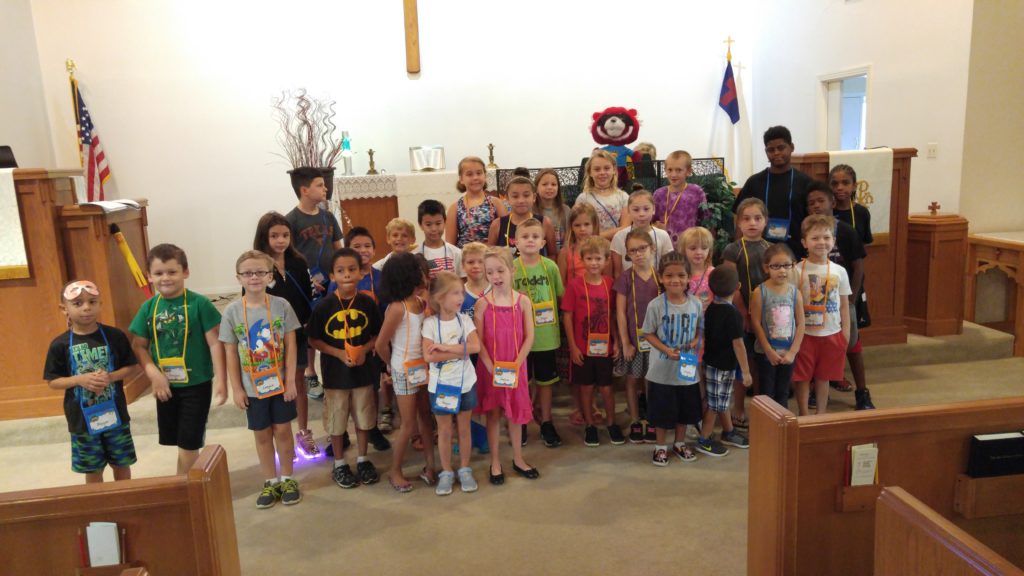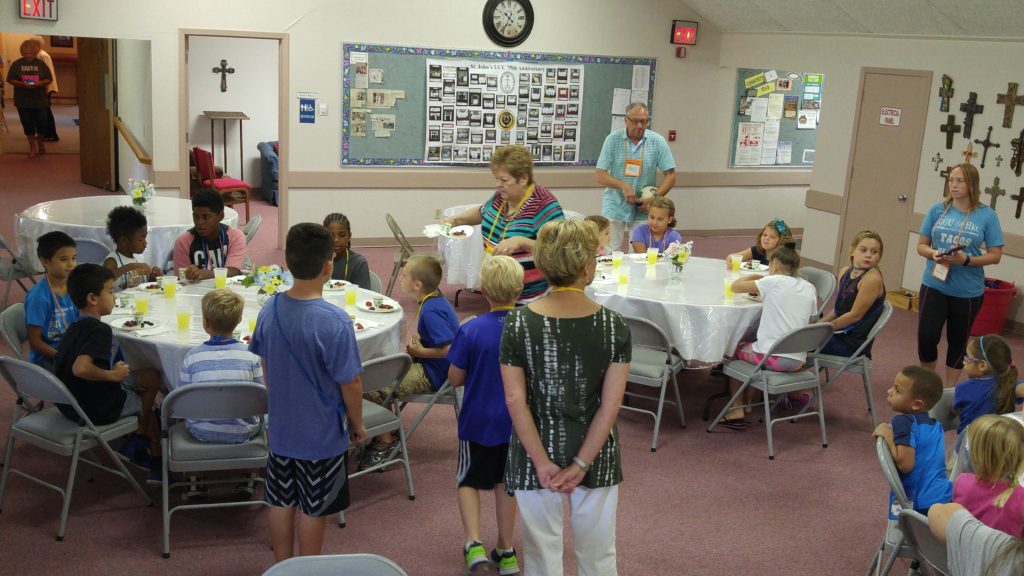I love church traditions and I enjoy formal structure and I strive under rules and regulations. Today I am reminded though that the church must not become too attached to its traditions, structure and order. Today is Reformation Day. Actually it is the 500th anniversary of the Protestant Reformation. Today the body of Christ reminds itself that we are not about our traditions but that we are the living body of Christ.
Our church service starts promptly at 10 am and ends no later than 11 am on Sunday morning. But we also know that the church cannot limit worship to a particular place and a particular time.
Our church bulletin shows the order of worship that has roots reaching back as far as the first temple in Jerusalem under King Solomon’s reign 1,000 years before Christ. But we also know that meaning-making cannot be limited to ancient words and traditions.
At our church Holy Communion is celebrated once a month. But we also know that spiritual nourishment must be available 24/7.
In our church elected members of the church council do the announcements. In our denomination a pastor has to have at least a master’s degree to be even considered for office. But we also know that everybody must be encouraged to serve God’s children whenever and wherever the spirit leads them.
Events planned for our congregation have to be scheduled way in advance so they can be put on the calendar. Every dollar has to be budgeted, received, spent and posted meticulously. But we also know that stewardship and commitment have to be reimagined.
The stain-glass windows and the organ are the backbone of our sanctuary. But we also know that sacred places pop up wherever people find meaning.
Martin Luther reminded us to become radical again, in the original Latin sense of the word radix, to go back to our roots. The first Christians did not have a bank account or a church newsletter. They worshiped in whatever place was safe at the time. They were constantly adapting to their environment. Over time we have developed structures that make us feel comfortable. The 500th Reformation Anniversary can remind us that the church is not only the building with the sanctuary. The church is not only the congregation of lovely people. The church is first and foremost the Body of Christ. I do not know what the future church may look like. Martin Luther did not know either. But one thing is for sure: It’s going to be radically different as it always has been for thousands of years. God, I trust you have something wonderful in mind and thy will be done.










